Spring has sprung. Bring on the sunshine and warmth. In other words, Triumph TR6 weather.
In the coming months, many of these British drop-tops will once again be brought out of hibernation, putting a smile on the faces of drivers and onlookers alike.
I mention onlookers because the TR6’s 2.5-litre straight six plays a tremendous tune for everyone in its vicinity to enjoy. With such a soundtrack, outright performance almost becomes an afterthought.
Read more: Triumph TR2 returns as lightweight electric sports car
That said, you get 150bhp to play with in pre-1973 cars or 125bhp in those built after, these later TR6s having been detuned to meet stricter emissions regulations.
This is a car that enthusiasts buy for its image and character. It exudes charm, from its suave styling to its four-speed manual gearshift.
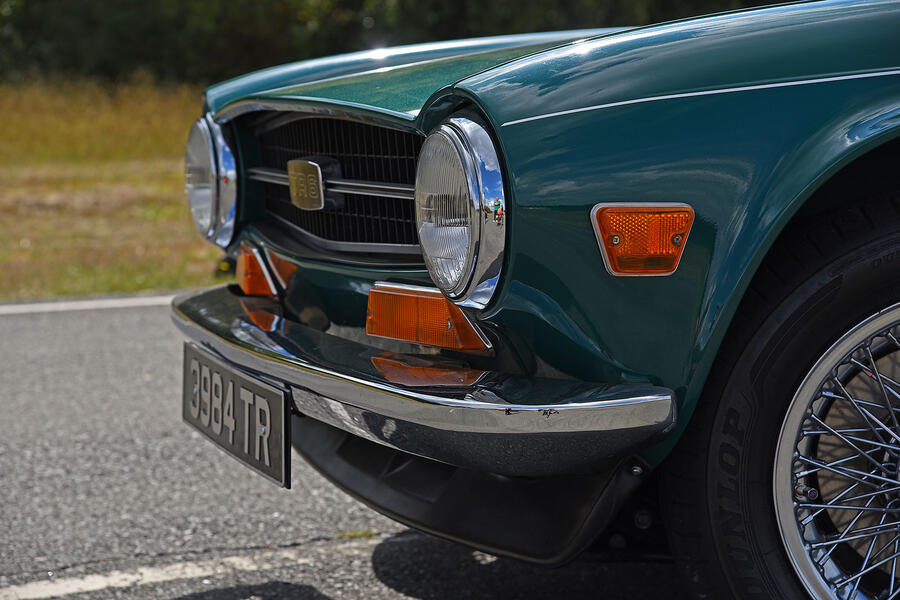
And, of course, there’s its wind-in-your-hair offering. Get it on a picturesque country road and you will be experiencing the TR6 in its element. Then, when you get peckish, it’s the sort of machine that you park outside a pub and gaze at while eating your ham, egg and chips. In short, a classic that you will be itching to use, particularly on a good day.
Is the TR6 guaranteed to be a trouble-free daily driver? It’s an old British sports car, so of course not, although fortunately parts are almost MGB levels of available.
It’s a fairly simple car to work on as well, meaning fixes don’t often prove frustrating enigmas. Coventry built a mountain of TR6s during a production run that lasted from 1968 to 1976. Most went abroad, though: Britain retained just 8370, while a whopping 83,480 were loaded onto ships, most of them bound for America.






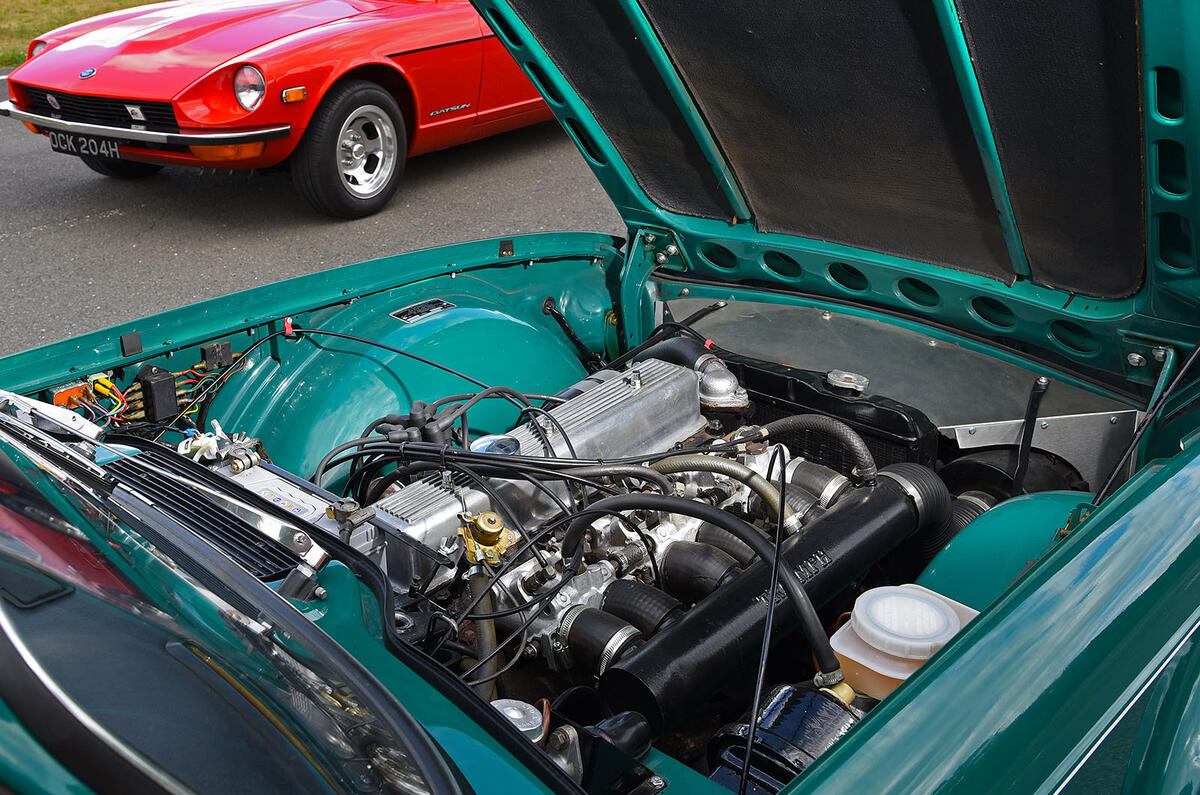
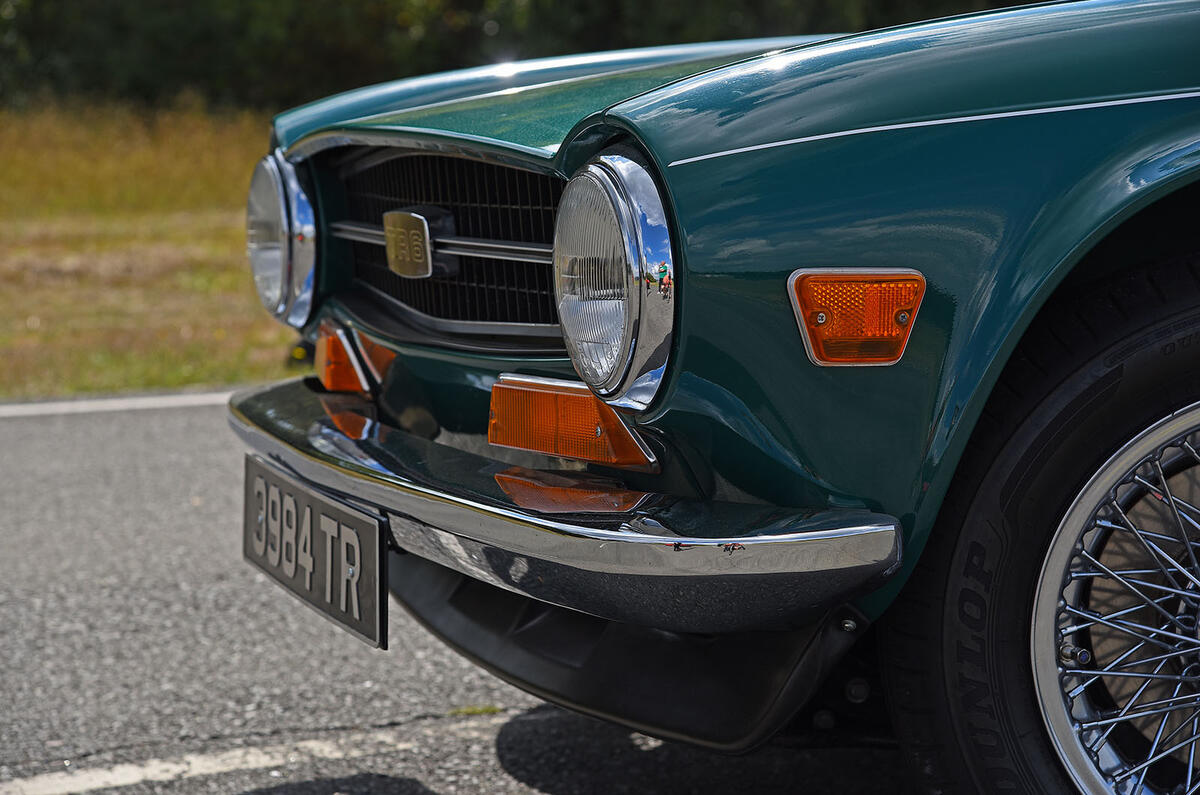
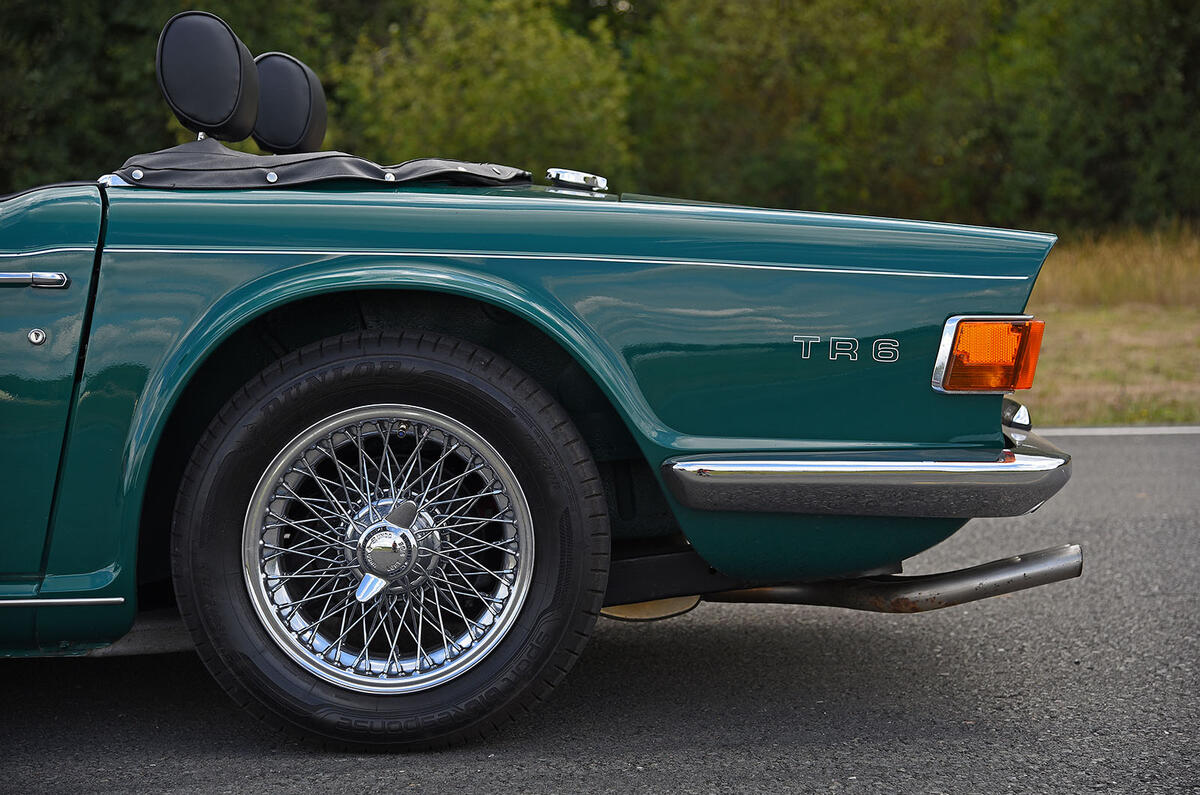










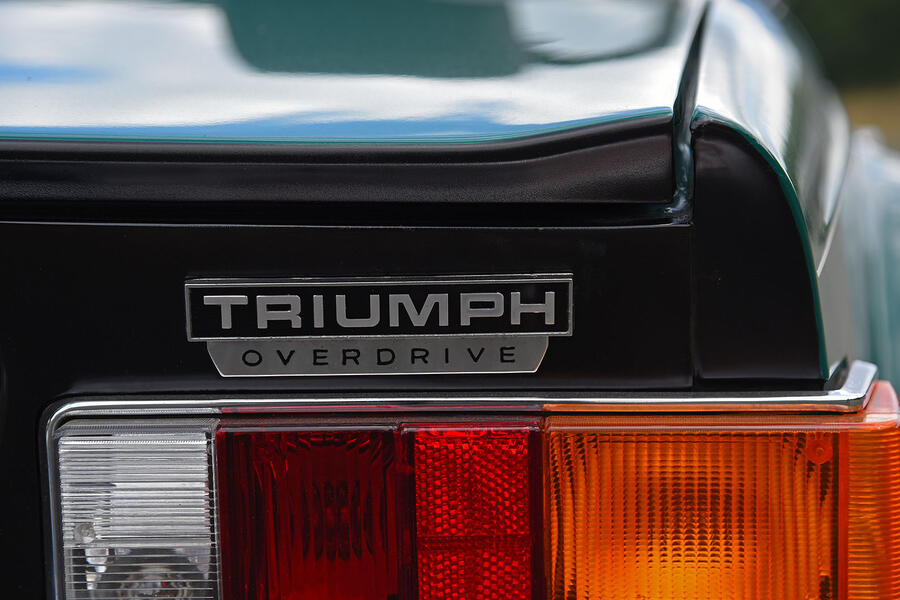
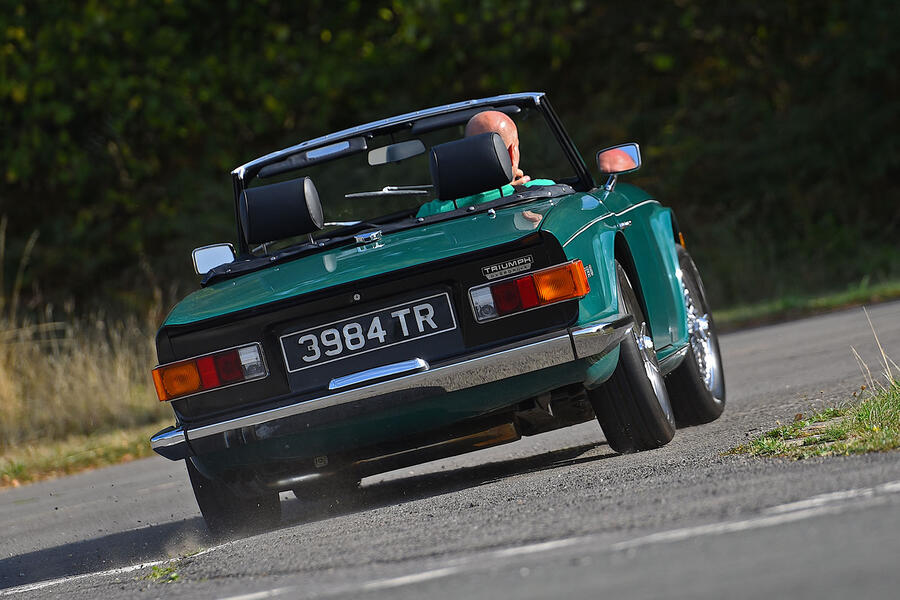
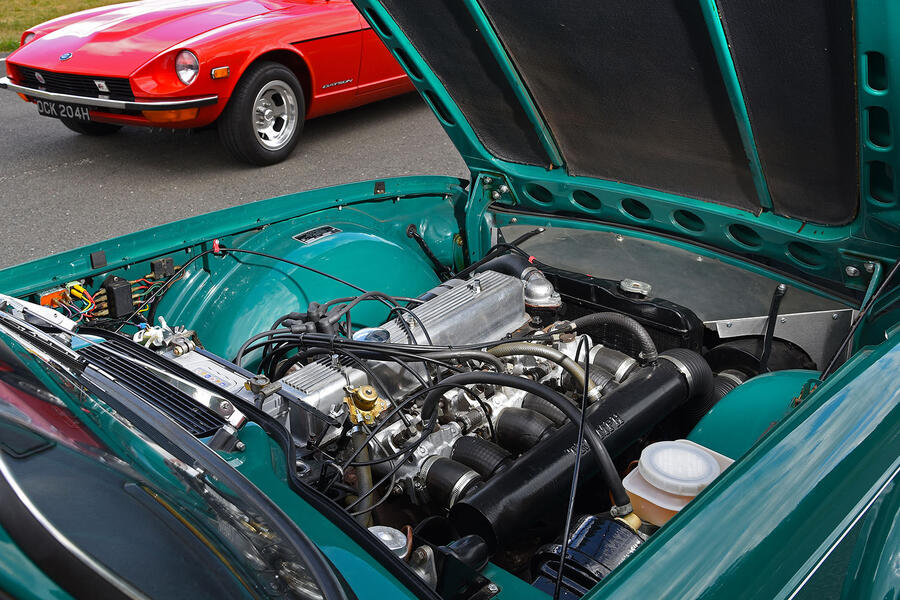
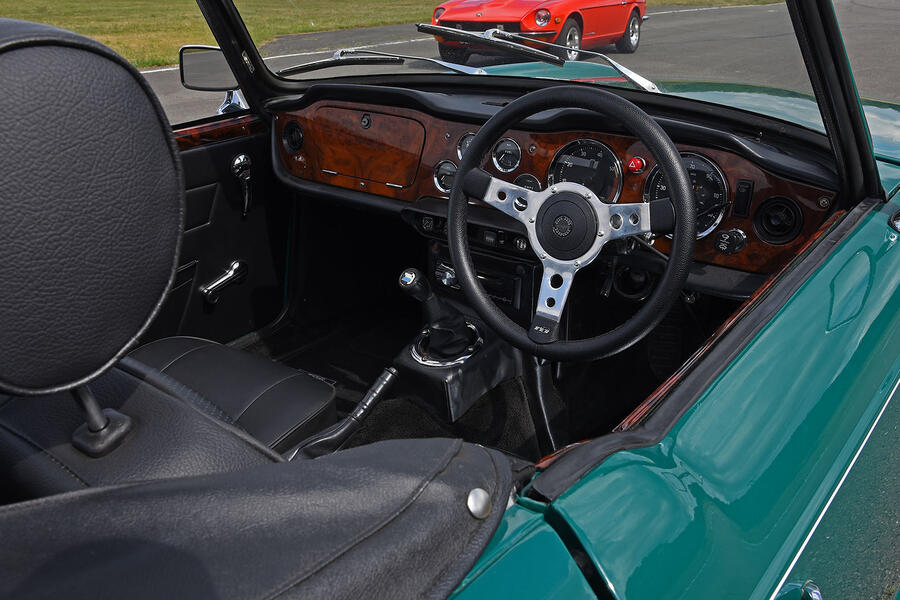




Join the debate
Add your comment
I briefly owned a 1969 TR6 in Canada in the early 1970s. Rust was the major gremlin, along with an incredibly stiff clutch and dodgy second-gear synchromesh, despite the car's low miles. On the other hand, the 107 mph top speed cited in the article is pessimistic; I regularly exceeded that in complete safety and confidence, even in a non-overdrive example. (Please do not tell the relevant police forces.)
I get paid more than $200 to $400 per hour for working online. I heard about this job 3 months ago and after joining this I have earned easily $30k from this without having online working skills . {t} Simply give it a shot on the accompanying site…
Here is I started.…………>> www.jobsrevenue.com
Oliver....did you actually drive this car?.....
"Laborious soft top"....takes me less than a minute to put up.
"Overdrive- triggered by a 'hearty press of your right foot"....err not unless you have your toes up on the steering column....where the overdrive lever is positioned (overdrive on 3rd and top by the way so not 4 speed)
The CP series had the A type overdrive on 2nd 3rd and 4th gear. The CR series had the J type overdrive which is only on 3rd and 4th gear. Look at TR Register website which gives information on each TR model from the TR2 to the TR7 and TR8
@ Jemgee .....neither of which are triggered by "a hearty press of your right foot" on the accelorater.....that would be kick-down on an auto box, which wasnt an option on the TR6.